Chapter 8. test
Organization: Analyze



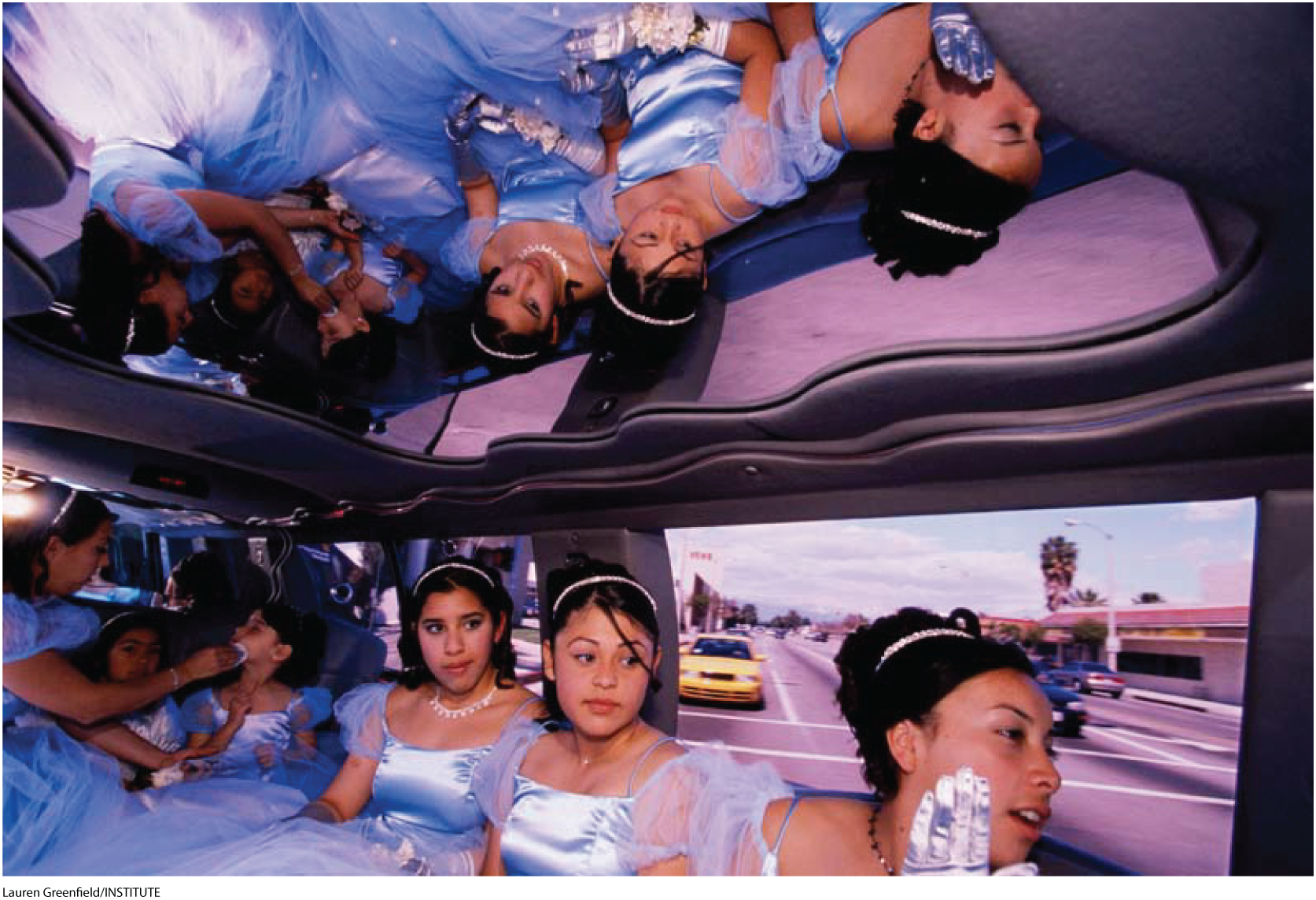
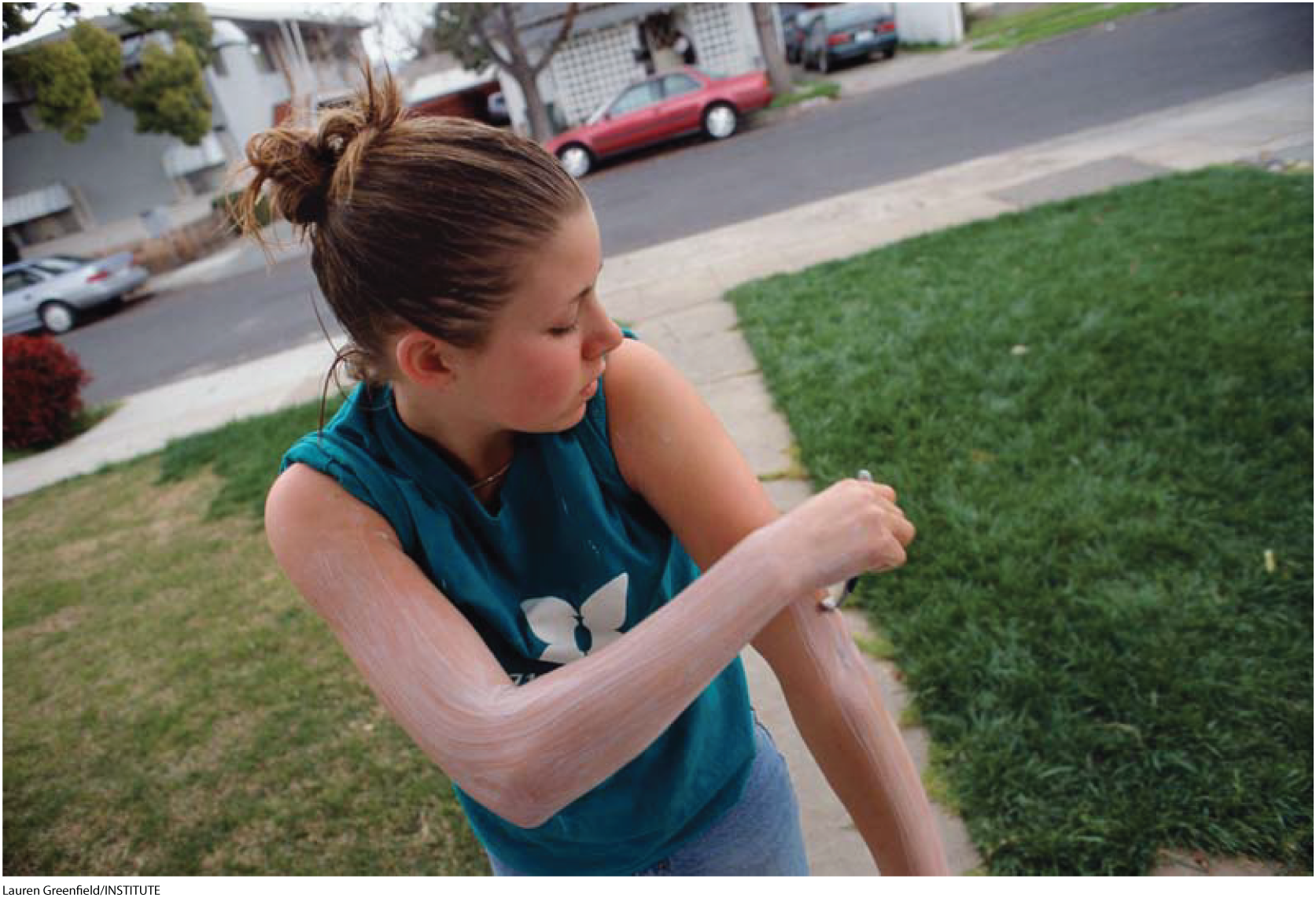
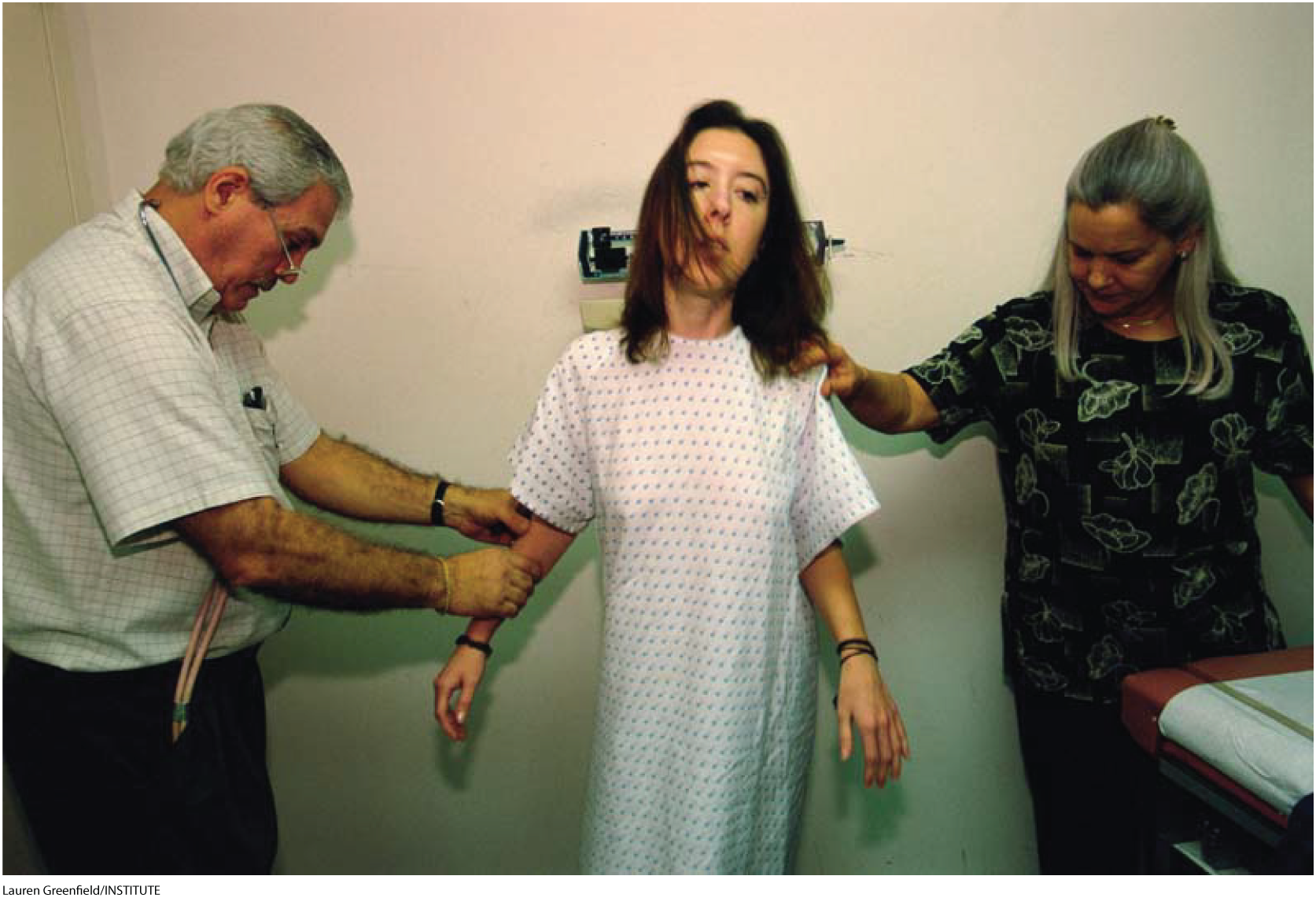

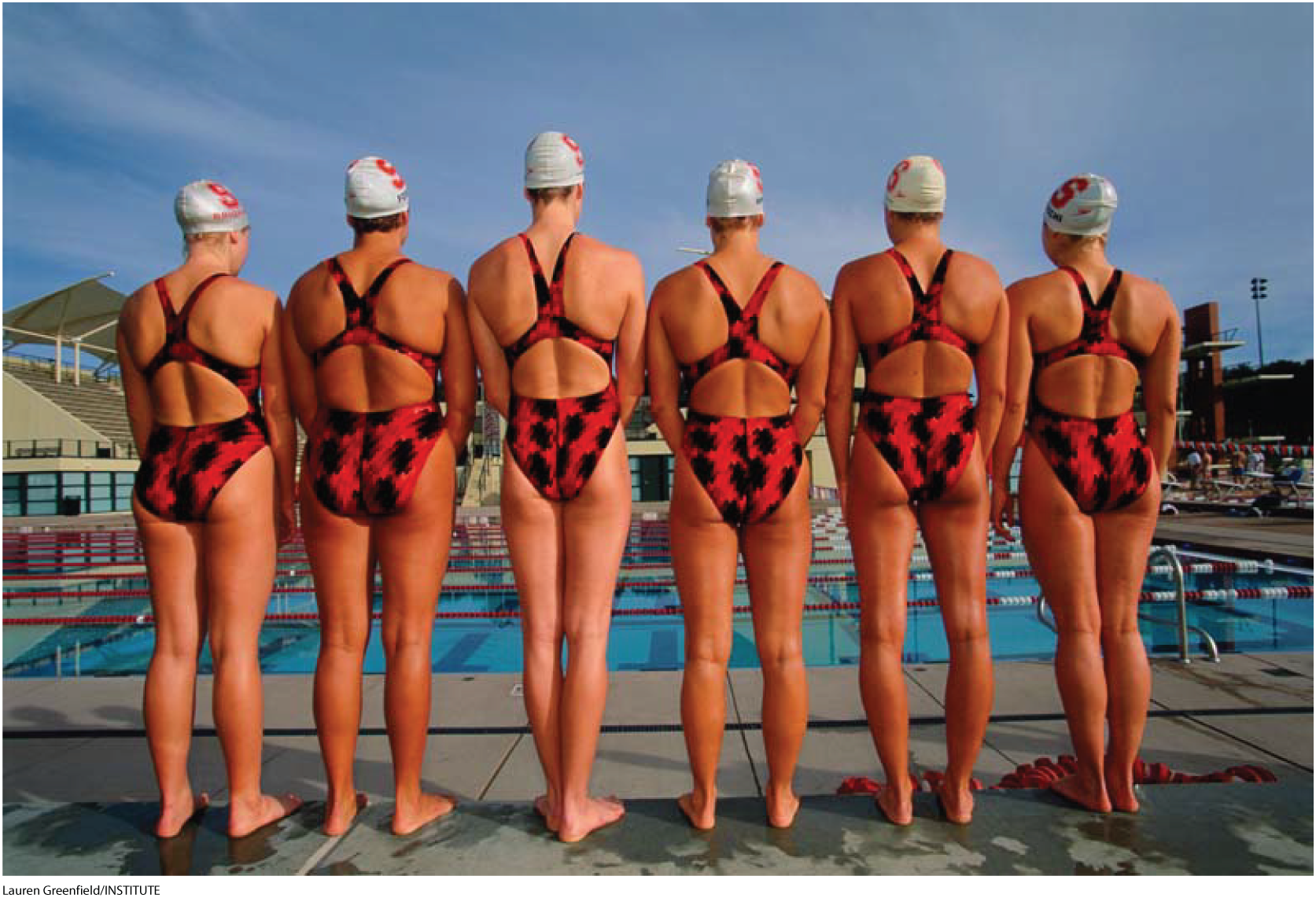
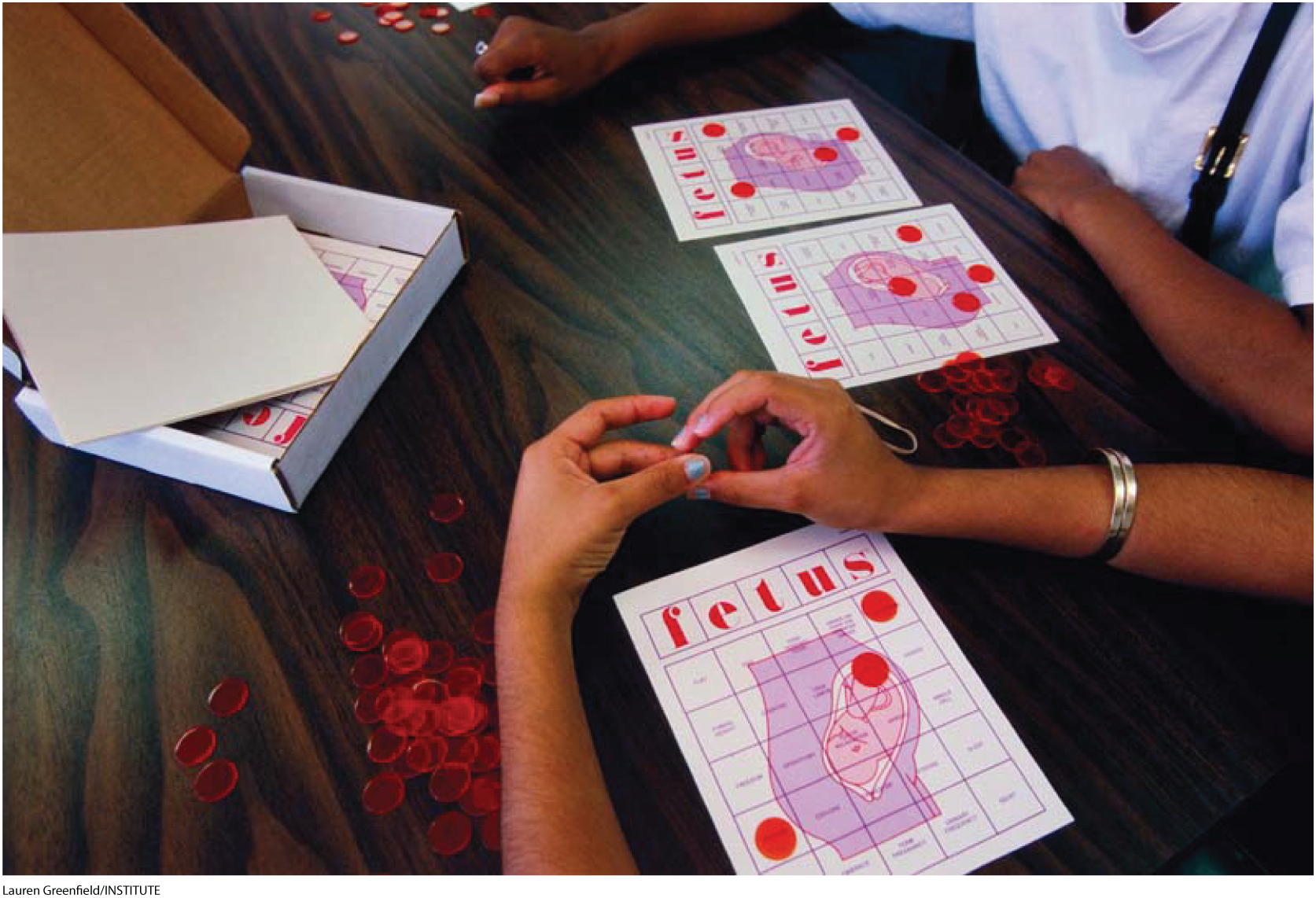
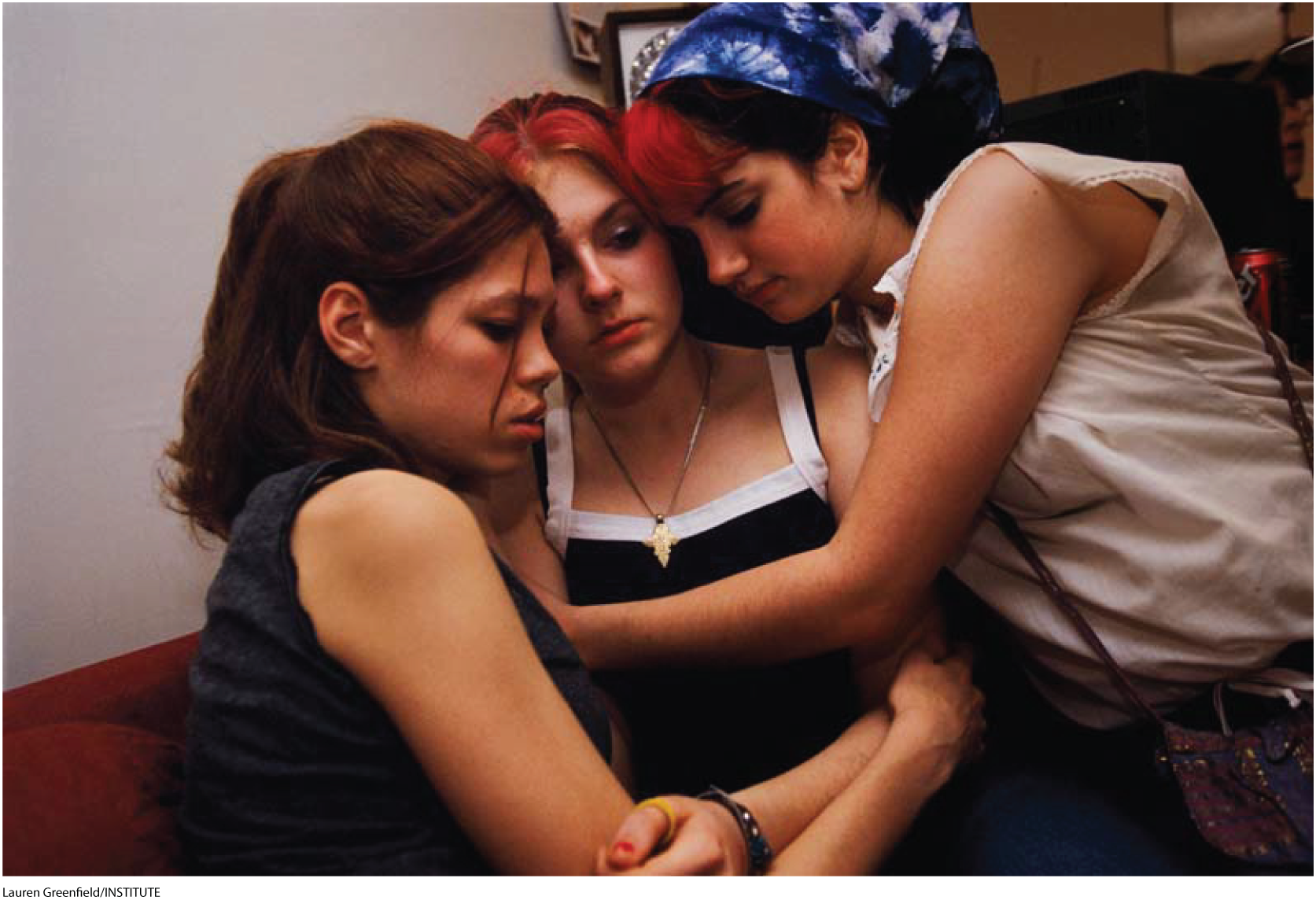

You can also talk about organization when you’re considering a sequence of images. Here are twelve photographs taken from photographer Lauren Greenfield’s book Girl Culture. Time magazine chose these photographs and organized them into the sequence shown here. The resulting photo essay tells a story about how girls are socialized to think, look, and act—and what the consequences might be for those girls. As you flip through the images, ask yourself whether putting these images in a different order would make a different argument.
Organization: Analyze

Lily’s serious expression as she shops belies her age—she’s in kindergarten. The outfit she’s wearing is a pretty sophisticated choice. By using this image to open the sequence, Time tries to shock its readers with how pervasive “girl culture” is, and how young its participants are.
Organization: Analyze

Alli, Annie, Hannah and Berit, all 13, before the first big party of the seventh grade, Edina, Minnesota.
The girls in this picture are eight years older than Lily—the way they’ve dressed and posed suggests that they are very self-aware. By continuing the sequence with another image of young girls, we are asked to start thinking about how and why these girls are presenting themselves. What are they emulating? For whom are they performing?
Organization: Analyze

Lisa, in her room, Edina, Minnesota.
Coming after Lily and the middle-school girls, we’re struck first by the difference between this photograph and the earlier ones. Lisa isn’t dressed up. And she looks sad. Her walls are plastered with fan pictures of boy bands (most notably Hanson) and Buffy, which suggests someone who is an innocent consumer of teen marketing.
Organization: Analyze

Cindy Margolis, the world’s most downloaded woman according to the Guinness Book of World Records, in her bathroom, Studio City, California.
In a culture that values how girls look, Cindy Margolis is one of the most looked-at girls. This is the first image in the sequence that shows us a grown woman, and she is extremely sexualized; she makes her living by selling photographs of herself.
Organization: Analyze

Sara walks down the street, New York, New York.
We watch 19-year-old Sara walking down the street, but what we really see are three men checking her out. So far, the sequence has made the point that in girl culture, how you look determines how people respond to you—and that these social norms are established at a very young age.
Organization: Analyze

The damas (maids of honor) go from the church to the reception in a Ford Explorer limousine at Ruby’s quinceañera, a coming of age tradition where a girl is welcomed into her community and adulthood, Huntington Park, California.
This photo shows a group of girls dressed as princesses, participating in a ritualized ceremony to celebrate their transition from girls to women. The sequence of photos now asks us to consider how our larger society celebrates a girl’s graduation to a sexualized identity.
Organization: Analyze

Sheena shaves outside her house, San Jose, California.
Now that we’re thinking about the rituals of becoming a woman, we see 15-year-old Sheena shaving her arms—a feminine ideal taken to an extreme, albeit rather harmless.
Organization: Analyze

Erin is blind-weighed at an eating disorder clinic, Coconut Creek, Florida. She has asked to mount the scale backward so as not to see her weight gain.
The previous pictures have all been saturated in color. This one is drab and institutional, and its content suggests the very serious extremes to which girl culture can be taken. It arrests us—we are asked to stop and think about the consequences of socialization.
Organization: Analyze

Nkechi, then 17, was chosen by the New York Times magazine to get “Oscar” treatment and wear a Versace gown to her Crenshaw High School prom for a fashion spread, L'Ermitage Hotel. Beverly Hills, California.
Nkechi looks a bit overwhelmed as she faces a table filled with beauty products. She has won an “Oscar treatment” with makeup and clothes, yet her expression doesn’t suggest joy.
Organization: Analyze

Stanford University's women’s swim team, Palo Alto, California.
While most people wouldn’t call these women’s bodies unattractive, they also wouldn’t mistake them for swimsuit models. At almost the end of the sequence, we see healthy, strong bodies. Why isn’t this the ideal body for women?
Organization: Analyze

Fetus bingo at La Vida, a high school for pregnant girls and teenage mothers, Inglewood, California.
Given everything we’ve seen so far, this photo represents the consequences of growing up too soon. Young girls are told that to be noticed they need to dress and look like a woman—but that they shouldn’t act like one. There are serious repercussions for those girls who actually do adult things, like having babies.
Organization: Analyze

Joyce, 15, Elysia, 14, and Alison, 14, Arlington, Virginia.
The series ends with the image of three friends embracing. The final message is somewhat hopeful: through it all, girls rely on each other for comfort, even if growing up is confusing and exhausting.
Organization: Respond







Now we want you to create your own visual argument. Take a moment to look through the photos, and think about the different ways they might relate to each other or tell a story.
Organization: Respond







Use the space below to answer the following questions.
Question
9L5hnJLjIic0Kr2PZz9ceefvlwK/PYggmvL58D82s7jIZfb9FhZmRWf6fRon7tyiWLunr1cgdDJwohXYl1FSTmo1twdgJia8LjRRONU19TgJdC+A/JY7K9DG65uXZIc33KVrqd1CyYwcw/8tSm0579Ck4hKsq95zbM/4GG9Wa4D2qSMUezNCKxG0Yjz7XFB7JFn8Epu7FDkD/aYfo0f9wFN+tJcYVt8RVqZErEoyPEuCzBo7mWZ9FSV4Kf9fqYPK4wJIfNqLSOszMWIDznZDodz7fyX81Qfw3Mlgml4RXmY1pg/7Organization: Respond







Use the space below to answer the following questions.
Question
WQko3fpvGKPtL0xiX0ZVEYTgzWZ4wF1vfzH+mY2gw+iNbjlAYUUQpQQt+k0F2VeUxPvhPhpDyDCP3mwYEJ/jGYFyLt8wMIb7833Ju9Hy9UfWSIGpE0HAUG4klWb0UOWOQ0s5S6SruyoSTGGRJ4DLU+Hvk9jVgniu35vSQpqJVhJ6dgg4jsohVR6o11K6S4Dk1p6A19Sr5l0=Congratulations! You have completed this activity.
Total Score: out of (%)
You have received a provisional score for your essay answers, which have been submitted to your instructor.
Organization: Respond







Use the space below to answer the following questions.
Question
UkMlfYSWvrOO8xsUYJzsApQE1JI/eekVJQk8Hrljf3ec5hSlytY5iGDe5T97SgYk/efwXFlF68ZPO1/naRqazzGl5+bXFlPwpKmAKD/o5MuLhk1Xn0qP6F8DyRXbenZyWdY1Yy0Q+5WJPLBwhLSHn9D/nDDxSWRKowkJFxMHnz39GbayY4LZ1SmkGOHAhFlya1GtgC7HblP5pSq35iAPVw==Congratulations! You have completed this activity.
Total Score: out of (%)
You have received a provisional score for your essay answers, which have been submitted to your instructor.
